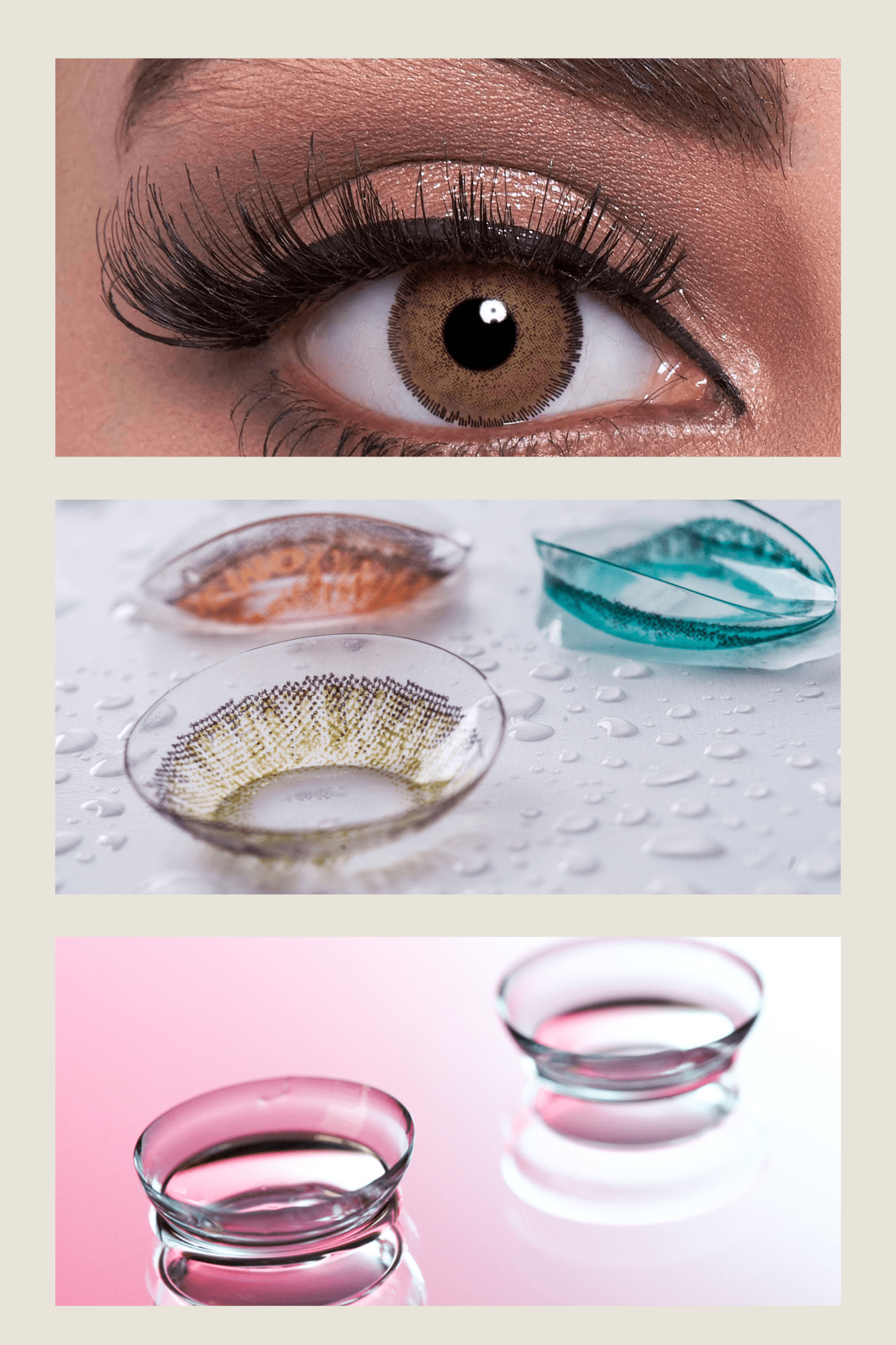Seeing Clearly: Exploring the Basics of Contact Lenses and Their Unique Features
Contact lenses have become a popular choice for vision correction due to their convenience and versatility. With advancements in technology, there are now various types of contact lenses available to cater to different needs. In this article, we will explore the two most common types of contact lenses – hard and soft – along with other specialized options.
Hard contact lenses, also known as rigid gas permeable (RGP) lenses, are made from a firm material that allows oxygen to pass through. These lenses provide crisp and clear vision, making them ideal for individuals with astigmatism or those who require higher levels of vision correction. Although hard lenses may take some time to adapt to, they offer excellent durability and can last for several years with proper care.
On the other hand, soft contact lenses are made from a flexible and water-absorbing material, providing a comfortable fit. Soft lenses are further classified into different types based on their wearing schedules and special features:
Daily Wear Contacts
These lenses are designed to be worn during the day and removed before sleep. They offer convenience and are suitable for individuals who prefer a regular cleaning routine.
Extended Wear Contacts
As the name suggests, extended wear contacts can be worn continuously, even while sleeping. These lenses are made from highly breathable materials, allowing oxygen to reach the eyes. However, it is important to consult with an eye care professional before opting for extended wear lenses, as they may not be suitable for everyone.
Toric Contacts
Toric lenses are specifically designed to correct astigmatism. They have different powers in different meridians of the lens, ensuring clear and crisp vision for individuals with this condition.
Colored (Tinted) Contacts
Colored contacts allow wearers to change or enhance the color of their eyes. These lenses are available in various shades and can be used for cosmetic purposes or to correct certain vision conditions.
Cosmetic Contacts
Cosmetic lenses, also known as theatrical or costume lenses, are used to create a specific look or effect. These lenses are often used for special occasions, such as Halloween costumes or theatrical performances.
In addition to the common types mentioned above, there are other specialized contact lenses available for specific vision needs:
Contacts for Presbyopia
Presbyopia is a condition that affects near vision as individuals age. Multifocal contact lenses are designed to correct both near and distance vision, making them suitable for individuals with presbyopia.
Hybrid Contact Lenses
Hybrid lenses combine the benefits of both hard and soft contact lenses. They have a rigid center for clear vision and a soft outer ring for enhanced comfort.
Scleral Contact Lenses
Scleral lenses are larger in diameter and rest on the white part of the eye, known as the sclera. These lenses are used to correct a wide range of vision conditions and provide better comfort for individuals with irregular corneas.
When considering contact lenses for vision correction, it is essential to consult with an eye care professional who can assess your individual needs and recommend the most suitable option. Remember to follow proper hygiene and care instructions to ensure the longevity and safety of your contact lenses.


